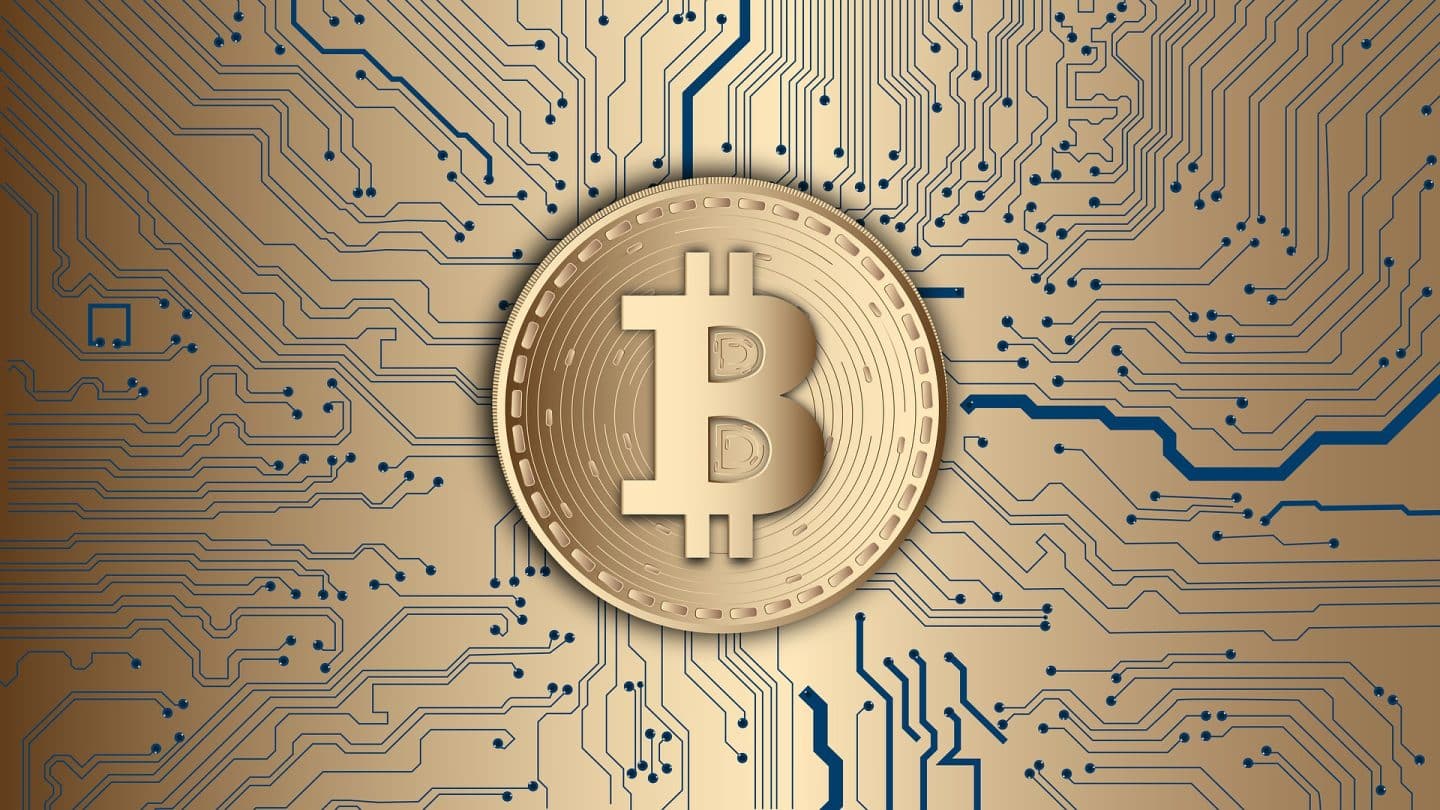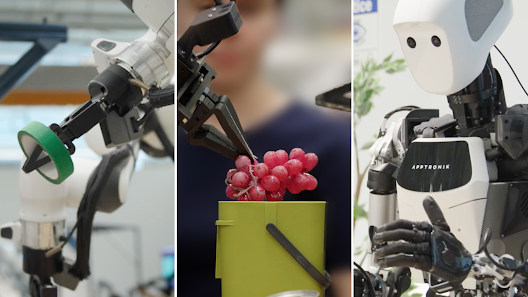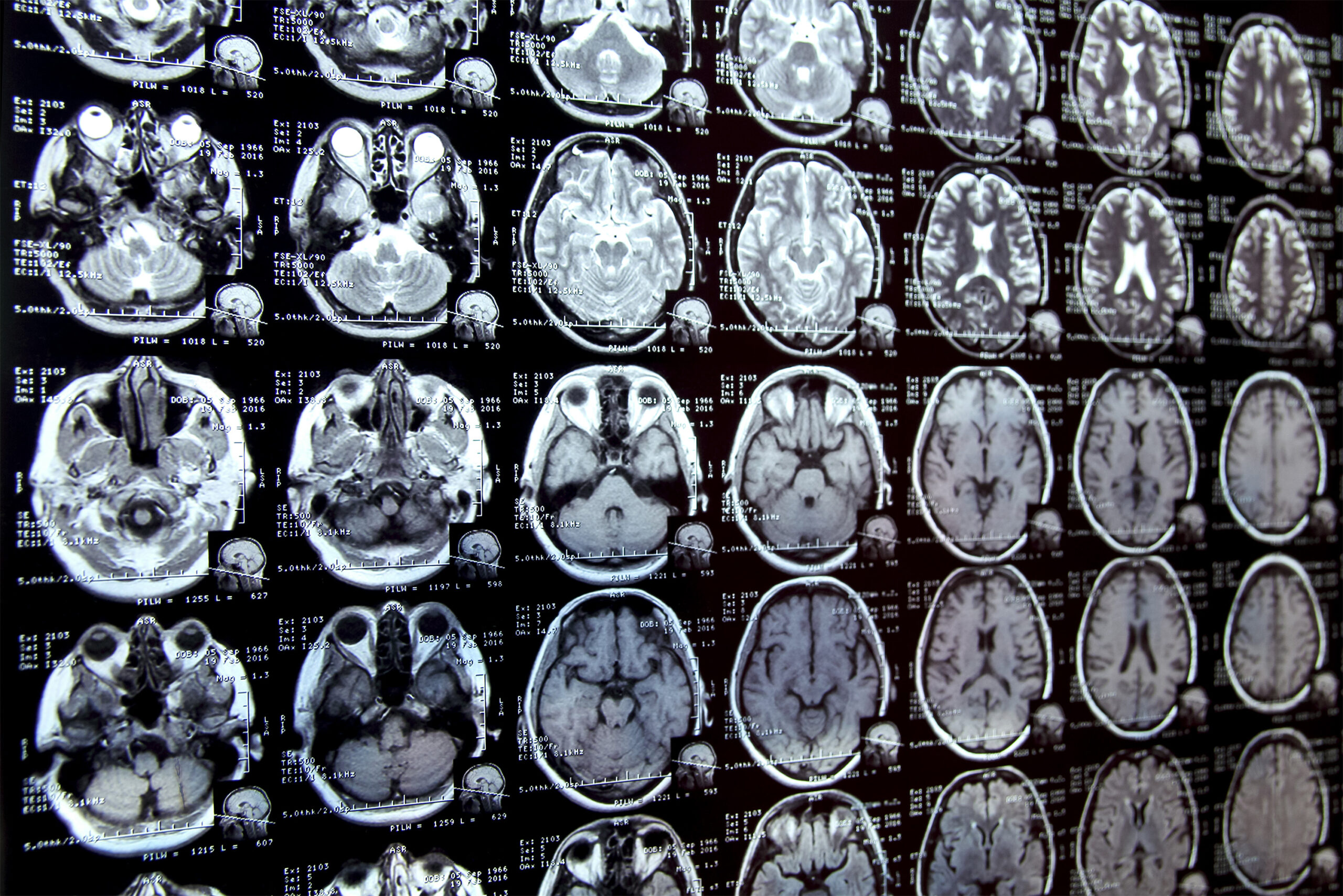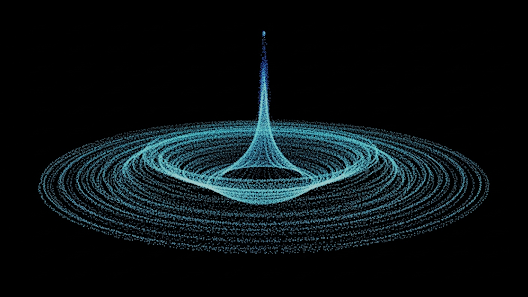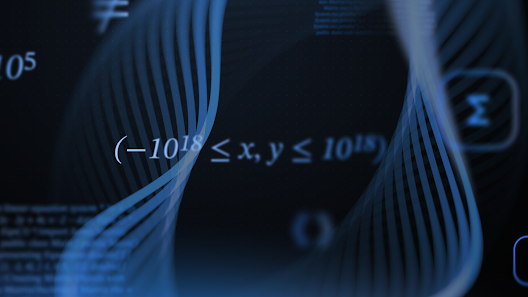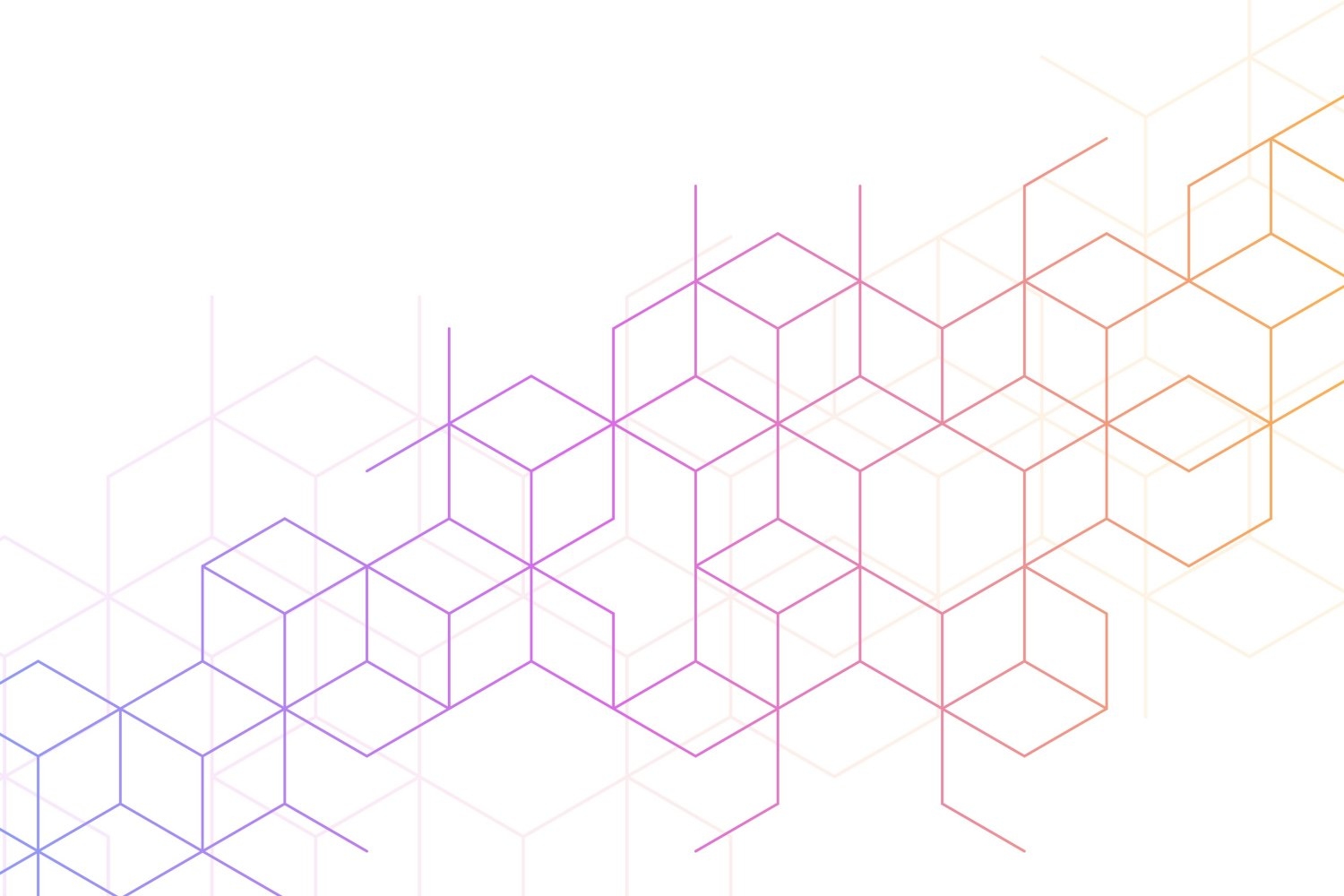How Blockchain, IoT, and AI Are Revolutionizing Industries
Imagine a world where devices, networks, and advanced intelligence seamlessly connect to create smarter, more efficient systems. This vision is no longer science fiction; it’s becoming a reality as blockchain, IoT, and AI merge to transform industries. These three technologies, once operating in silos, are now forming a powerful trifecta reshaping global industries.
David Palmer, Chief Product Officer at Pairpoint by Vodafone, encapsulates the significance of this integration: “Blockchain is providing trust. It gave us tokenization, smart contracts, and automation, which are redefining the business landscape.”
Building Trust with Blockchain
Blockchain has evolved from conceptual experimentation to practical application. It now underpins real-world use cases such as supply chain management and decentralized finance (DeFi). By offering transparency and security, blockchain enables businesses to enhance process efficiency while ensuring trust across multiple stakeholders.
Palmer highlights its transformative role: “We’ve moved beyond proofs of concept to deploying blockchain as a critical part of the emerging digital infrastructure.”
The Expanding Role of IoT in Data Generation
IoT devices are everywhere—from drones and cars to smart home systems. Experts predict that by 2030, over 30 billion IoT devices will be operational worldwide. These devices not only collect vast amounts of data but also enable an “economy of things,” where autonomous transactions between devices become possible.
For these transactions to succeed, secure and reliable data flows are essential. This is where blockchain steps in, ensuring the integrity of IoT-generated data and enabling devices to operate autonomously.
AI’s Demand for Reliable Data
AI thrives on high-quality data, and IoT devices provide a treasure trove of proprietary information. This two-way relationship enables AI to enhance IoT operations with real-time intelligence while relying on blockchain to validate the authenticity and security of the data.
Palmer emphasizes, “Data trustworthiness is critical. Blockchain ensures the origin of data and the validity of AI outputs through cryptographic signing and verified digital identities.”
The Rise of Digital Wallets and Blockchain Integration
Digital wallets are becoming a cornerstone of this ecosystem, with their numbers expected to rise from 4 billion to 5.6 billion by 2030. These wallets now go beyond cryptocurrencies, incorporating tools like WalletConnect and tokenized bank deposits, bridging traditional finance with blockchain technologies.
This integration is paving the way for blockchain’s adoption in mainstream business applications, including autonomous financial transactions facilitated by IoT devices.
Finance Meets IoT: Embedded Payments
The fusion of finance and IoT unlocks new possibilities such as autonomous payments by devices. For instance, electric vehicles can automatically pay tolls, recharge at charging stations, and even sell energy during peak hours using blockchain and AI-powered smart contracts.
As Palmer describes, “By linking EV chargers and vehicles to blockchain, you enable seamless peer-to-peer transactions for energy and payments.”
Decentralized Infrastructure Networks (DePIN)
Decentralized networks are creating community-driven infrastructures. From decentralized storage solutions like Filecoin to GPU resource pooling via Render, these networks allow shared resources to power niche applications in AI and IoT.
Palmer elaborates, “Communities can now build specific AI, connectivity, and payment infrastructures tailored to their unique business needs.”
Blockchain’s Role in Government and Finance
Governments worldwide are exploring Central Bank Digital Currencies (CBDCs) to integrate blockchain into macroeconomic policy. Tokenized deposits further extend blockchain’s reach, enabling traditional banking systems to adopt digital frameworks.
This move signifies blockchain’s transition into a cornerstone of global financial ecosystems.
The Metaverse: A New Frontier
The metaverse is rapidly evolving thanks to advancements in AI and blockchain. For example, AI-powered smart glasses now enable immersive digital experiences, while blockchain ensures secure virtual transactions.
This convergence is also revolutionizing industries such as healthcare and manufacturing, bridging physical and virtual realities.
A Unified Digital Ecosystem
The integration of blockchain, IoT, and AI is laying the groundwork for a seamless digital ecosystem. Blockchain builds trust, IoT generates vast data streams, and AI transforms that data into actionable intelligence. Together, these technologies promise to reshape industries and redefine global economies by 2030.
If you’re interested in exploring more about AI’s transformative potential, check out how AI is navigating ethical challenges in geospatial technology.
As Palmer concludes, “When billions of devices are securely linked to blockchain and AI, we unlock the potential of a truly interconnected digital economy.”

